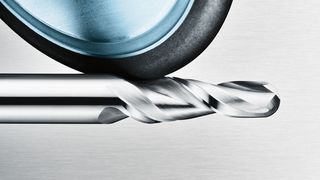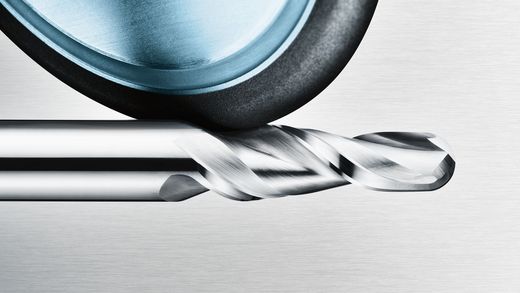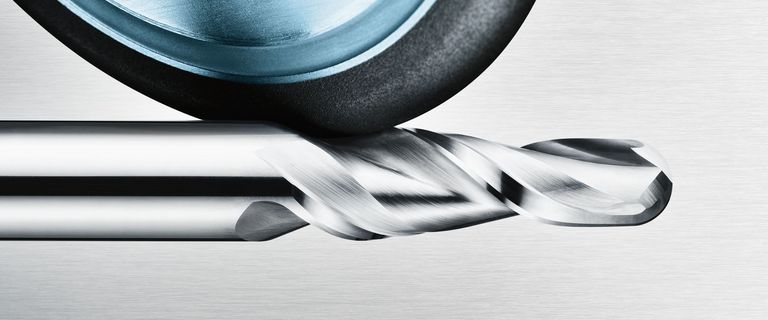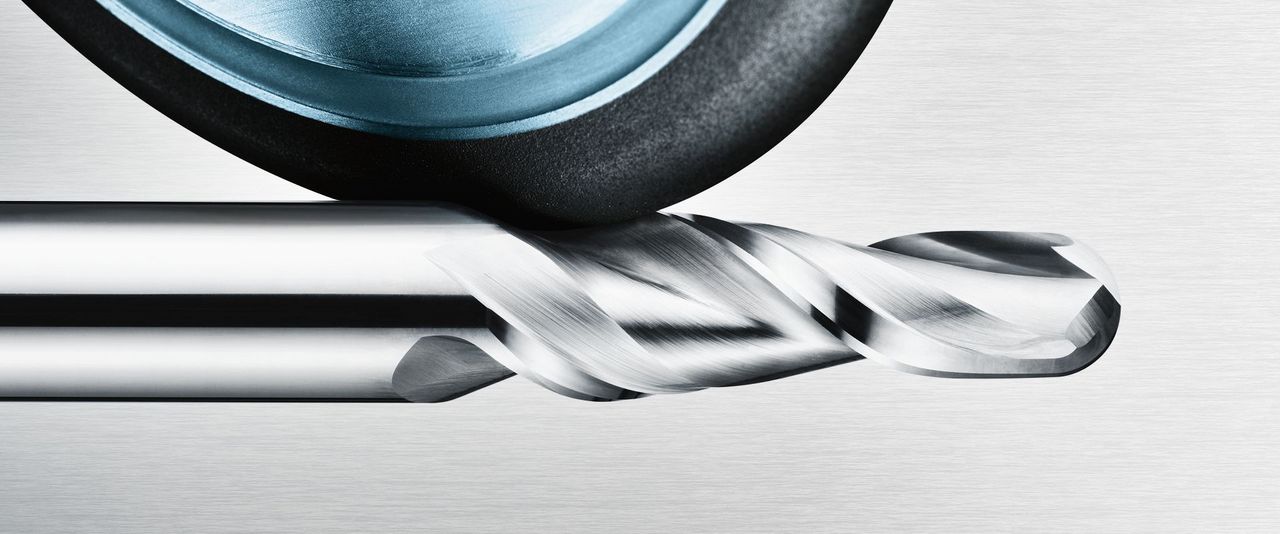Five ways to increase the quality of ground workpieces and extend the working life of your machine
When grinding, as with all manufacturing processes, achieving optimal solutions requires careful consideration of all factors. All too often, users focus on finding a perfect process without taking the entire production environment into account. In reality, achieving excellent workpiece quality goes hand in hand with practices that extend the working life of the grinding machine. Here are five ways to achieve this:
1. Prevent problems with preventive maintenance
The first step in every thorough optimization process involves standardizing preventive maintenance activities. A grinding process is only as good as the machine it runs on and if the machine fails, so does the productivity of your production. By using regular maintenance to prevent problems before they occur, you will not only achieve the best possible results for every grinding process, but also avoid unexpected downtime, which can ruin your overall optimization efforts.
2. Recognizing the grinding wheel as a precision tool
Precision manufacturing requires high quality precision tools and grinding wheels are not excluded. Grinding wheels that are not properly dressed or poorly conditioned, can easily damage workpieces or dramatically increase the time it takes to achieve the required surface finish. Regular «maintenance» of grinding wheels with dressing and conditioning also helps to prevent spindle damage, thus protecting your grinding machine investment. Ideally, your dressing and conditioning solution can handle both processes in the machine itself, a time-saving feature that significantly increases productivity.
3. Investment in cooling lubricant technology
It is not sufficient to just add coolant to the grinding process to increase productivity. This is because coolant also requires maintenance. And to achieve the best surface finish and to protect your machine, it pays to invest in a system that has effective coolant filtration. A comparatively simple optimization that can lead to significant productivity gains. For the reasons mentioned in tip four, you should also consider a coolant cooling unit.
4. Find the right temperature
Temperature is a critical part of the manufacturing process and optimal productivity requires precise temperature control in the entire production environment. For ultimate accuracy and performance, the coolant should be cooled to the manufacturer's recommended temperature and the processing environment itself should be controlled, so that a constant temperature is maintained. Ideally, the coolant and ambient air temperatures should be within ±1°C.
5. Document everything
It is good and nice to solve a problem once. However, if the solution is not documented, it is only a matter of time before you have to solve the same problem again. Reliable documentation routines ensure that once you have set up a process that produces the ideal surface finish, you will be able to reproduce it at any time – and a robust routine will help you minimize unexpected variables and maintain best practices.









